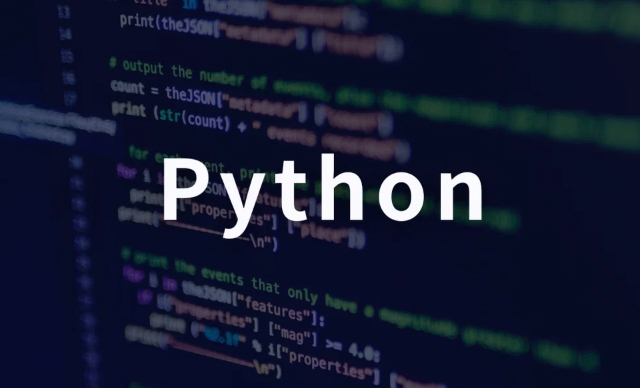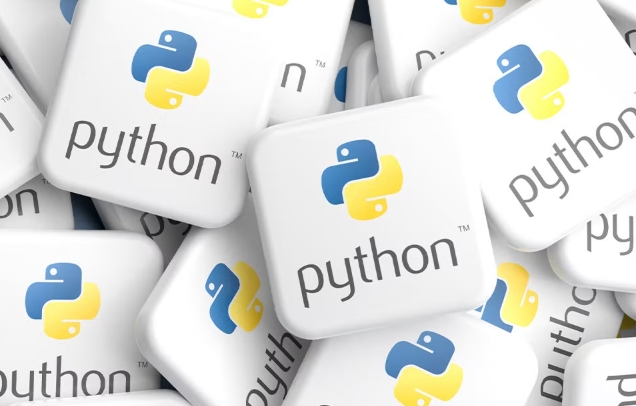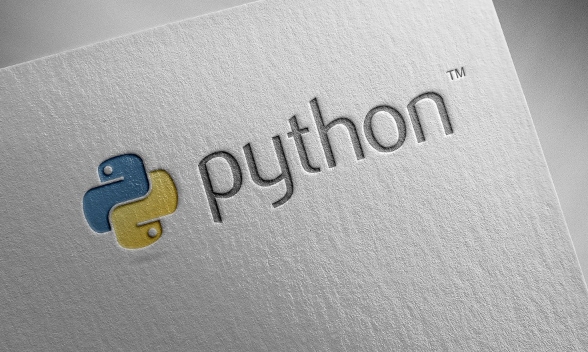Type hints in Python solve the problem of ambiguity and potential bugs in dynamically typed code by allowing developers to specify expected types. They enhance readability, enable early bug detection, and improve tooling support. Type hints are added using a colon (:) for variables and parameters and an arrow (->) for return types. Common types include int, str, list, dict, Optional, Union, and Callable. Tools like Mypy, Pyright, and IDEs leverage type hints for static analysis and better developer experience. While optional, they are most beneficial in larger projects or team environments where code clarity and maintainability are crucial.

Python type hints are a way to annotate your code with the expected types of variables, function arguments, and return values. They don’t affect how the code runs — Python remains dynamically typed — but they help with readability, catching bugs early, and improving developer tooling like autocompletion and linting.

What Problem Do Type Hints Solve?
In Python, you can assign any value to any variable. That flexibility is powerful but can lead to confusion and bugs, especially in larger codebases or when working in teams.

Without type hints, it's not always obvious what kind of data a function expects or returns:
def greet(name):
return f"Hello, {name}"What should name be? A string? What if someone passes an integer by accident?

Type hints make this explicit:
def greet(name: str) -> str:
return f"Hello, {name}"Now it's clear that name should be a string, and the function returns a string too.
How to Use Type Hints in Functions
Adding type hints to functions is straightforward. You specify the type after each parameter with a colon (:), and the return type after an arrow (->):
def add(a: int, b: int) -> int:
return a ba: intmeans the first argument should be an integer.b: intdoes the same for the second.-> intsays the function will return an integer.
If a function doesn't return anything, use None as the return type:
def log(message: str) -> None:
print(message)This helps tools and other developers understand your intentions clearly.
Common Types You Can Annotate
You're not limited to basic types like int, str, bool, and float. Here are some more you’ll often see:
list,dict,tuple— but these can take inner types too usingList,Dict,Tuplefrom thetypingmodule (or with brackets in Python 3.9 ).
Examples:
from typing import List, Dict
def get_names(users: List[Dict[str, any]]) -> List[str]:
return [user['name'] for user in users]Or in Python 3.9 , you can write:
def get_names(users: list[dict[str, any]]) -> list[str]:
return [user['name'] for user in users]Other common ones include:
Optional[T]– for values that might beNoneUnion[T1, T2]– for values that can be one of several typesCallable– for passing functions as arguments
Tools That Work With Type Hints
Type hints aren’t just documentation — they integrate well with tools:
- Mypy – a static type checker for Python
- Pyright / PyLance – used in VS Code for real-time checking
- IDEs like PyCharm – offer better auto-completion and refactoring
- Linters like Pylint or Flake8 – sometimes support type checking plugins
These tools help catch potential bugs before runtime and improve overall code quality.
To get started, install Mypy:
pip install mypy
Then run it on your files:
mypy your_script.py
It'll show errors if types don't match what’s expected.
When Not to Worry About Type Hints
They’re great, but not always necessary. In small scripts or quick prototypes, adding type hints might feel like overkill. It's up to you to decide when clarity and maintainability matter most.
Also, if you're working with older codebases that weren’t written with type hints, gradually adding them where it makes sense can still bring benefits without rewriting everything.
So, type hints are optional annotations that help make your Python code more understandable and safer. They work best in medium to large projects or when collaborating with others. Basically, they're a small investment that pays off in fewer bugs and better tooling support.
The above is the detailed content of What are Python type hints?. For more information, please follow other related articles on the PHP Chinese website!

Hot AI Tools

Undress AI Tool
Undress images for free

Undresser.AI Undress
AI-powered app for creating realistic nude photos

AI Clothes Remover
Online AI tool for removing clothes from photos.

Clothoff.io
AI clothes remover

Video Face Swap
Swap faces in any video effortlessly with our completely free AI face swap tool!

Hot Article

Hot Tools

Notepad++7.3.1
Easy-to-use and free code editor

SublimeText3 Chinese version
Chinese version, very easy to use

Zend Studio 13.0.1
Powerful PHP integrated development environment

Dreamweaver CS6
Visual web development tools

SublimeText3 Mac version
God-level code editing software (SublimeText3)

Hot Topics
 How to iterate over two lists at once Python
Jul 09, 2025 am 01:13 AM
How to iterate over two lists at once Python
Jul 09, 2025 am 01:13 AM
A common method to traverse two lists simultaneously in Python is to use the zip() function, which will pair multiple lists in order and be the shortest; if the list length is inconsistent, you can use itertools.zip_longest() to be the longest and fill in the missing values; combined with enumerate(), you can get the index at the same time. 1.zip() is concise and practical, suitable for paired data iteration; 2.zip_longest() can fill in the default value when dealing with inconsistent lengths; 3.enumerate(zip()) can obtain indexes during traversal, meeting the needs of a variety of complex scenarios.
 What are python iterators?
Jul 08, 2025 am 02:56 AM
What are python iterators?
Jul 08, 2025 am 02:56 AM
InPython,iteratorsareobjectsthatallowloopingthroughcollectionsbyimplementing__iter__()and__next__().1)Iteratorsworkviatheiteratorprotocol,using__iter__()toreturntheiteratorand__next__()toretrievethenextitemuntilStopIterationisraised.2)Aniterable(like
 What is a forward reference in Python type hints for classes?
Jul 09, 2025 am 01:46 AM
What is a forward reference in Python type hints for classes?
Jul 09, 2025 am 01:46 AM
ForwardreferencesinPythonallowreferencingclassesthatarenotyetdefinedbyusingquotedtypenames.TheysolvetheissueofmutualclassreferenceslikeUserandProfilewhereoneclassisnotyetdefinedwhenreferenced.Byenclosingtheclassnameinquotes(e.g.,'Profile'),Pythondela
 Parsing XML data in Python
Jul 09, 2025 am 02:28 AM
Parsing XML data in Python
Jul 09, 2025 am 02:28 AM
Processing XML data is common and flexible in Python. The main methods are as follows: 1. Use xml.etree.ElementTree to quickly parse simple XML, suitable for data with clear structure and low hierarchy; 2. When encountering a namespace, you need to manually add prefixes, such as using a namespace dictionary for matching; 3. For complex XML, it is recommended to use a third-party library lxml with stronger functions, which supports advanced features such as XPath2.0, and can be installed and imported through pip. Selecting the right tool is the key. Built-in modules are available for small projects, and lxml is used for complex scenarios to improve efficiency.
 What is descriptor in python
Jul 09, 2025 am 02:17 AM
What is descriptor in python
Jul 09, 2025 am 02:17 AM
The descriptor protocol is a mechanism used in Python to control attribute access behavior. Its core answer lies in implementing one or more of the __get__(), __set__() and __delete__() methods. 1.__get__(self,instance,owner) is used to obtain attribute value; 2.__set__(self,instance,value) is used to set attribute value; 3.__delete__(self,instance) is used to delete attribute value. The actual uses of descriptors include data verification, delayed calculation of properties, property access logging, and implementation of functions such as property and classmethod. Descriptor and pr
 how to avoid long if else chains in python
Jul 09, 2025 am 01:03 AM
how to avoid long if else chains in python
Jul 09, 2025 am 01:03 AM
When multiple conditional judgments are encountered, the if-elif-else chain can be simplified through dictionary mapping, match-case syntax, policy mode, early return, etc. 1. Use dictionaries to map conditions to corresponding operations to improve scalability; 2. Python 3.10 can use match-case structure to enhance readability; 3. Complex logic can be abstracted into policy patterns or function mappings, separating the main logic and branch processing; 4. Reducing nesting levels by returning in advance, making the code more concise and clear. These methods effectively improve code maintenance and flexibility.
 Implementing multi-threading in Python
Jul 09, 2025 am 01:11 AM
Implementing multi-threading in Python
Jul 09, 2025 am 01:11 AM
Python multithreading is suitable for I/O-intensive tasks. 1. It is suitable for scenarios such as network requests, file reading and writing, user input waiting, etc., such as multi-threaded crawlers can save request waiting time; 2. It is not suitable for computing-intensive tasks such as image processing and mathematical operations, and cannot operate in parallel due to global interpreter lock (GIL). Implementation method: You can create and start threads through the threading module, and use join() to ensure that the main thread waits for the child thread to complete, and use Lock to avoid data conflicts, but it is not recommended to enable too many threads to avoid affecting performance. In addition, the ThreadPoolExecutor of the concurrent.futures module provides a simpler usage, supports automatic management of thread pools and asynchronous acquisition
 What is a class in Python?
Jul 09, 2025 am 01:13 AM
What is a class in Python?
Jul 09, 2025 am 01:13 AM
Classes in Python are blueprints for creating objects, which contain properties and methods. 1. An attribute is a variable belonging to a class or its instance, used to store data; 2. A method is a function defined in a class, describing the operations that an object can perform. By calling the class to create an object, for example, my_dog=Dog("Buddy"), Python will automatically call the constructor __init__init__init object. Reasons for using classes include code reusability, encapsulation, abstraction, and effective modeling of real-world entities. Classes help keep the code clear and maintainable when building complex systems.






